Getting to know Samburu National Reserve
Getting to know Samburu National Reserve

Quick links
Samburu National Reserve • Photographic highlights • Weather & Climate
Best time to visit • Activities • Getting there • Where to stay
Getting to know Samburu National Reserve
Samburu National Reserve is a hidden gem, nestled within the heart of Kenya’s northern frontier. It’s incredible landscapes, unique wildlife, and prolific bird-watching and photo opportunities are just a few things that make this reserve one not to miss.
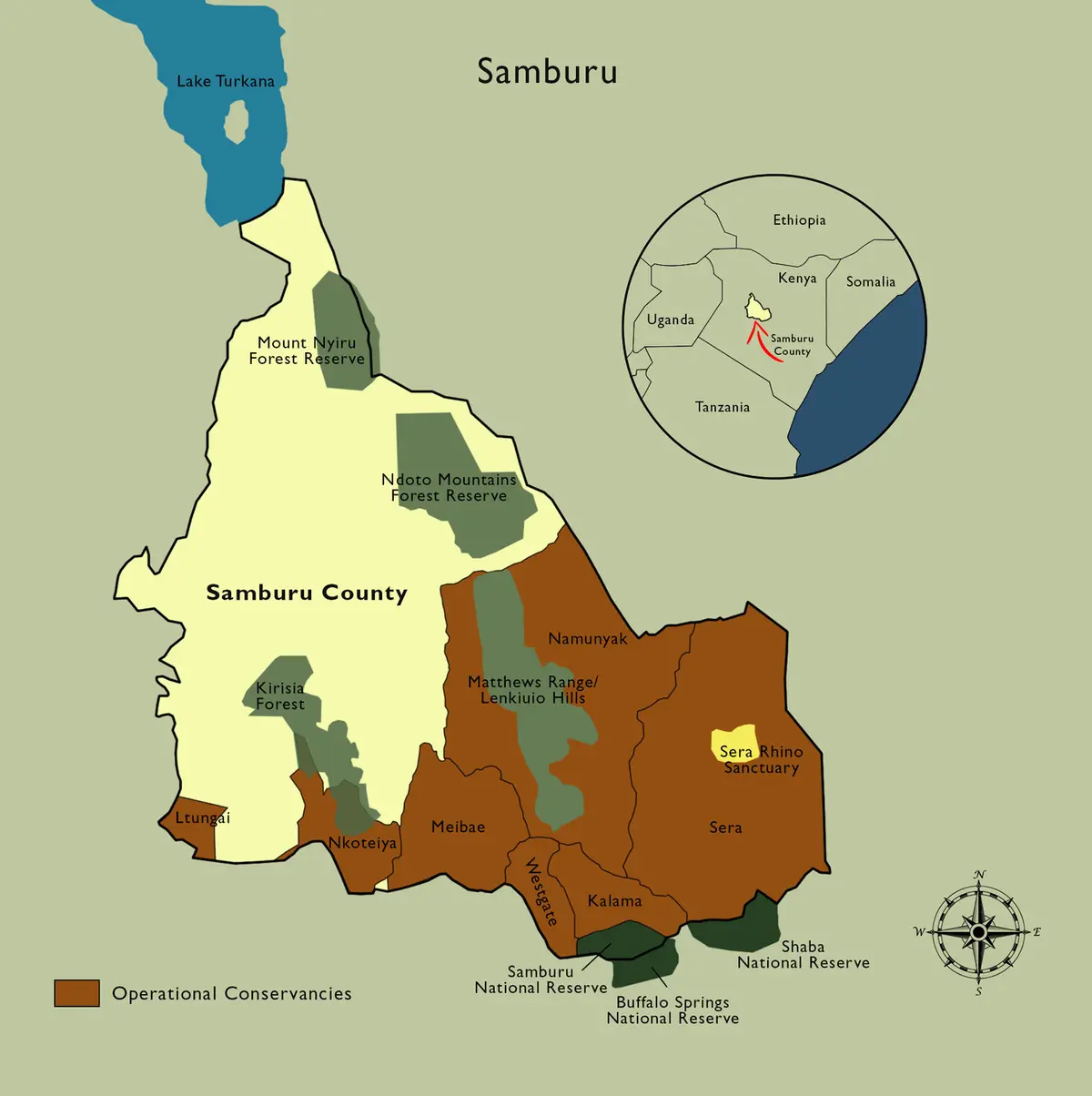
Samburu National Reserve spans over 165 square kilometres of pristine land in the Rift Valley Province and is named after the traditional homeland of the Samburu people. This arid terrain features northern Kenya’s biggest river, Ewaso Nyiro and it courses through Samburu National Reserve, providing a vital lifeline to not only the abundant wildlife of the reserve but also to Shaba National Reserve and the Buffalo Springs National Reserve to the south.
This reserve offers an authentic wilderness experience. Magnificent landscapes are formed amongst the savannah, acacia woodlands, rugged mountains, and riverine forests of this reserve and naturally, with such varied ecosystems comes many interesting photographic opportunities. Samburu National Park is also known for its quasi-endemic species that have adapted to the more arid region and made it their home. The so-called “The Samburu Special 5” are made up of the Somali Ostrich, Grevy’s Zebra, Reticulated Giraffe, Gerenuk and the Beisa Oryx.

Of course, Samburu National Reserve is also home to large herds of sauntering elephants, big cats like lions, leopards and cheetahs and if you’re lucky, the reserve is said to have some occasional wild dog sightings. The Samburu birdlife is notably abundant with over 450 recorded species like Vulturine Guineafowl, Lesser kestrel, Golden starling, White-headed mousebird, D’Arnaud’s barbet, Taita Falcon, and the Somali bee-eater, so if you’re a keen birder, this is definitely a national reserve to miss.
The close proximity of the Samburu tribe offers a chance to blend wildlife photography with cultural experiences. The Samburu are captivating semi-nomadic pastoralists and are known for following the patterns of rainfall and seeking out lush pastures and water for the cattle they herd but also for the sheep, goats, and camels they may keep.

Unlike the Masai, the Samburu still live a very traditional lifestyle in Samburu County. Focusing on the tribes rich in colourful dress, intricate jewelry, and age-old practices there is nothing more beautiful than capturing these moments and relationships in their natural environment.
Samburu’s climate creates an extraordinary habitat for its diverse wildlife. The region experiences a tropical and semi-arid climate, marked by distinct wet and dry seasons. The short rains, known as the rainy season, usually fall in November and December, followed by the long rains from late March to May. These periods bring life to the arid landscape, filling the Ewaso Nyiro River, and creating a vibrant setting for both flora and fauna.

The dry season, which spans from June to October and again from January to early March, sees temperatures ranging from 17°C (63°F) at night to 30°C (86°F) during the day. This season offers excellent visibility for wildlife photography, as animals converge around the limited water sources. Throughout the year, the weather in Samburu National Reserve offers unique opportunities for photographers, with each season painting a different picture of this dramatic and wild Kenyan landscape.

Whether you plan to travel to Samburu National Reserve in the dry or wet season, both offer great opportunities for wildlife photography. The dry season is considered the best time for wildlife viewing. As water sources become scarce, animals tend to congregate around the remaining waterholes and riverbanks, making them easier to spot. The weather is less humid and rainfall is rare so roads and tracks are generally in good condition, allowing easier access to various parts of the reserve.

However, the green season offers exceptional opportunities for bird watching as migratory birds are present, and resident birds are in breeding plumage. The lush landscapes come alive with greenery and this period tends to be a little quieter so you may enjoy a more exclusive experience. There is no bad time to viisit Samburu!

Most of the photo safari activities in Samburu are on a game viewer exploring the reserve. Although it’s a relatively small area there is a fantastic network of roads so you really do feel like you are not retracing steps too much. the animals are super relaxed and although you can offroad at a sighting that doesn’t tend to be too much of a problem as there is nearly always another road nearby to help you get a better angle.
A photographic hide is being built at Larsen’s and should be opening in September 2023. This hide will be accessible 24/7 from the camp but will need to be pre-booked as it only takes 4 photographers at a time. Please speak to one of our safari planners if you are wanting to do this.
Game drives are limited to the daylight hours in the Samburu National Reserve but we find that early morning and then late afternoon game drive produces loads of photo opportunities allowing for relaxation back at the camp during the heat of the day.

Embarking on a safari to Samburu National Reserve typically begins with landing at Nairobi’s Jomo Kenyatta International Airport (NBO) and depending on the flight arrival time an overnight stay. From there, your journey to the wilderness of Samburu can continue with ease, as several local airlines operate scheduled and charter flights from Nairobi’s Wilson Airport to airstrips within or near the reserve, such as Samburu National Reserve or Buffalo Springs National Reserve.

Flying usually takes about 1 to 1.5 hours from Nairobi, and is the swiftest way to reach the reserve and offers spectacular aerial views of the diverse Kenyan landscape. Once you arrive at the airstrip, your accommodation will meet you and transfer you to your lodge. While flying is the most popular way to reach Samburu National Reserve, it is also possible to reach the reserve by road. However, this overland journey covers approximately 345 kilometres from Nairobi to Samburu National Reserve, and the drive can take around 5-6 hours, depending on the condition of the roads and any pauses along the route.
We work with several camps in the Samburu National Reserve and prefer to stay at the ones inside the reserve as this means we can get out into the action at first light and stay out until sunset.

Being inside the reserve provides easy access to wildlife hotspots, making it a convenient base for game drives. There are other (stunning) properties in the neighbouring conservancies such as Saruni Samburu which is perched on the top of a rocky outcrop and some clients like to visit there for a night or two at the end to relax. We tend to stay at Larsen’s which is the sister property to Mara Bush Camp which is our base for our Masai Mara photo safaris.

In conclusion
Whether you’re a seasoned wildlife enthusiast, an avid photographer, or a first-time safari-goer, from dawn to dusk, Samburu National Reserves’ ever-changing scenery and wildlife are sure to leave an everlasting impression on you. We love the fact that it is so very different from the other iconic Kenya photo safaris destinations like The Masai Mara and Amboseli. The animals are different, The Samburu are as welcoming as they are resplendent and there is a raw energy to the place that makes visiting Samburu a must for any serious wildlife photography enthusiast…at least once anyway!
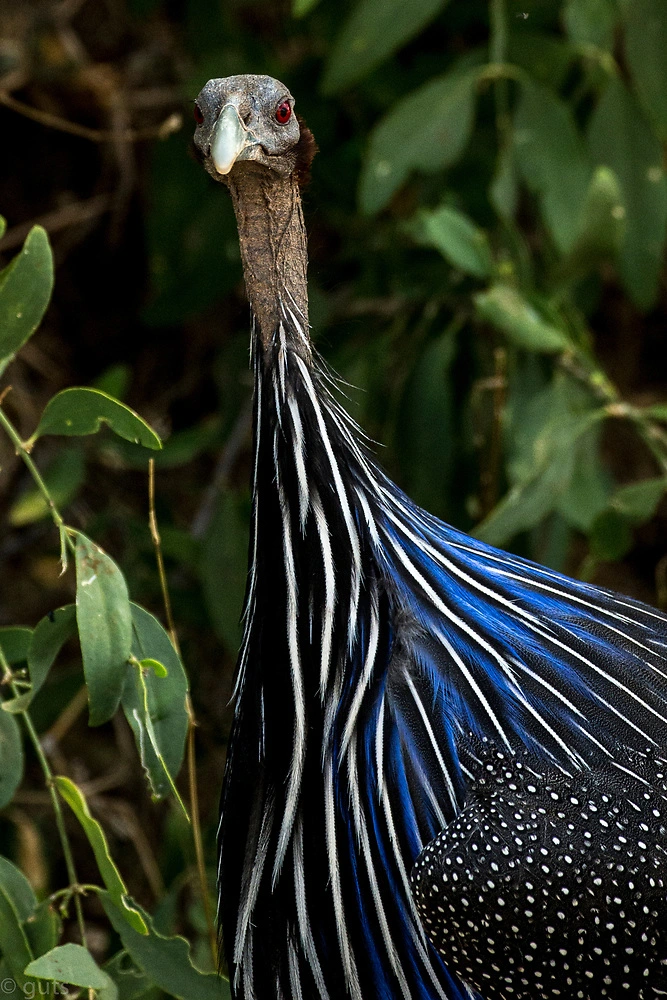
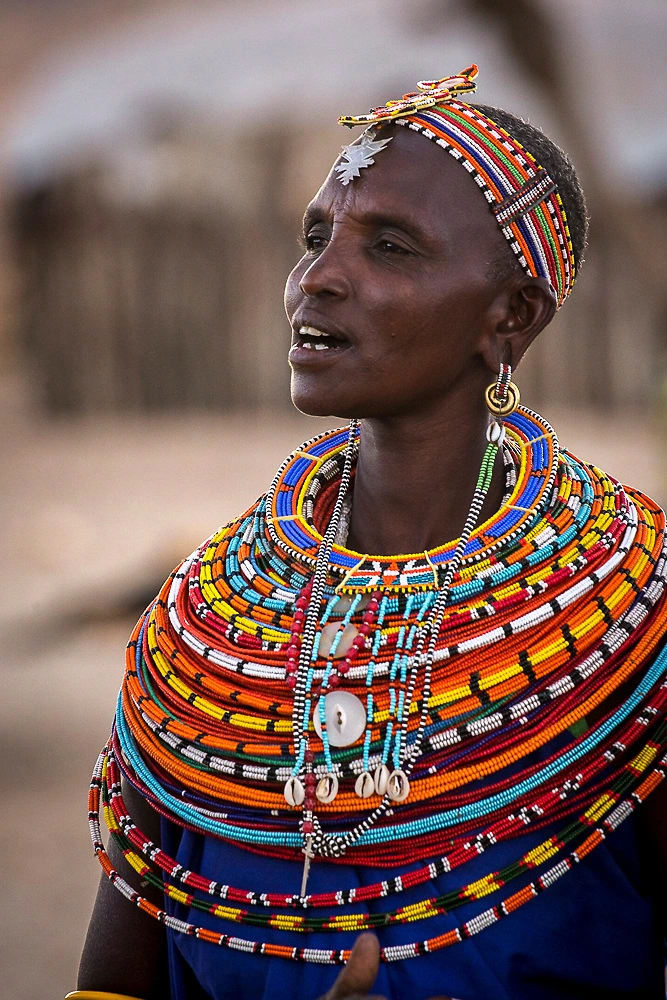
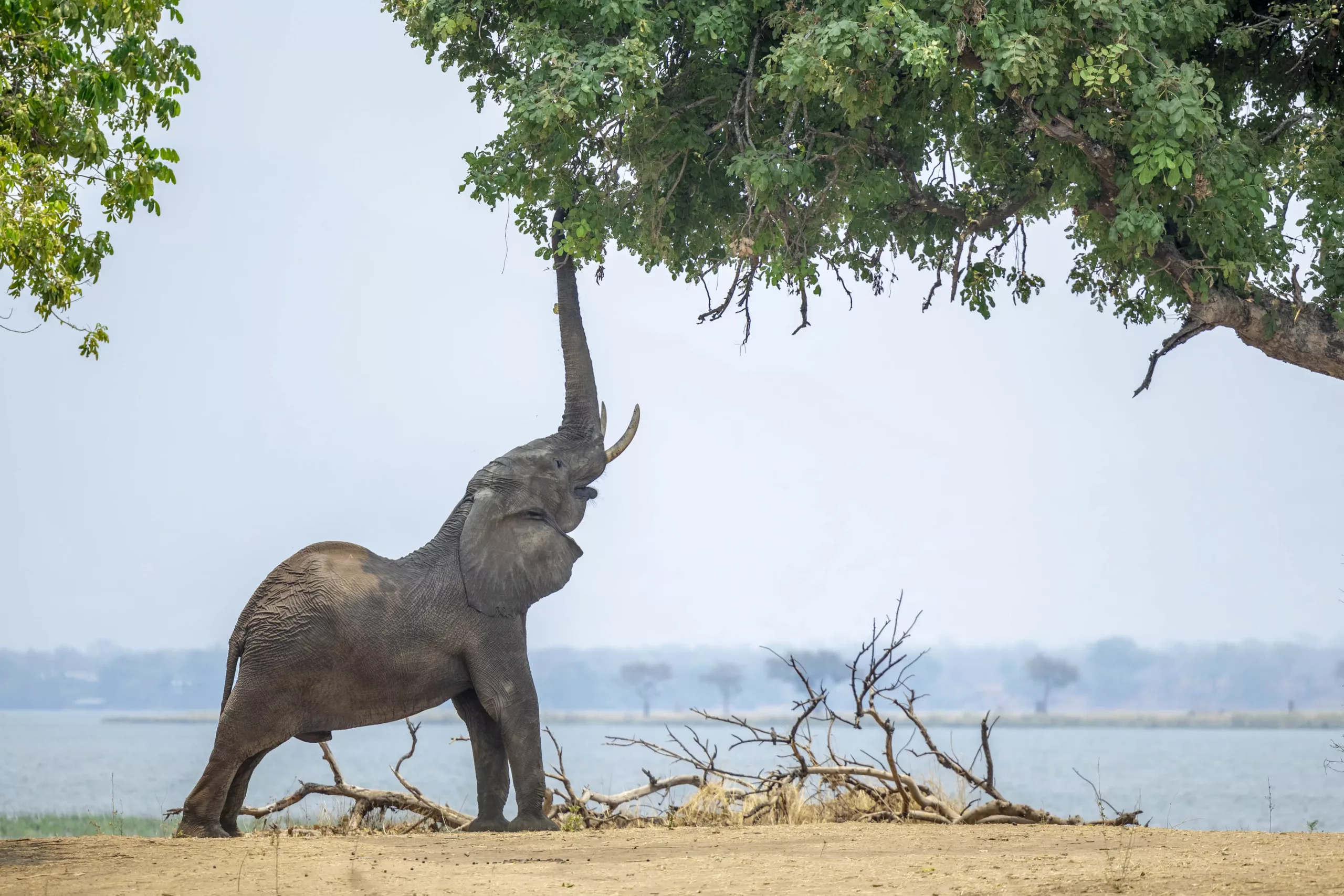
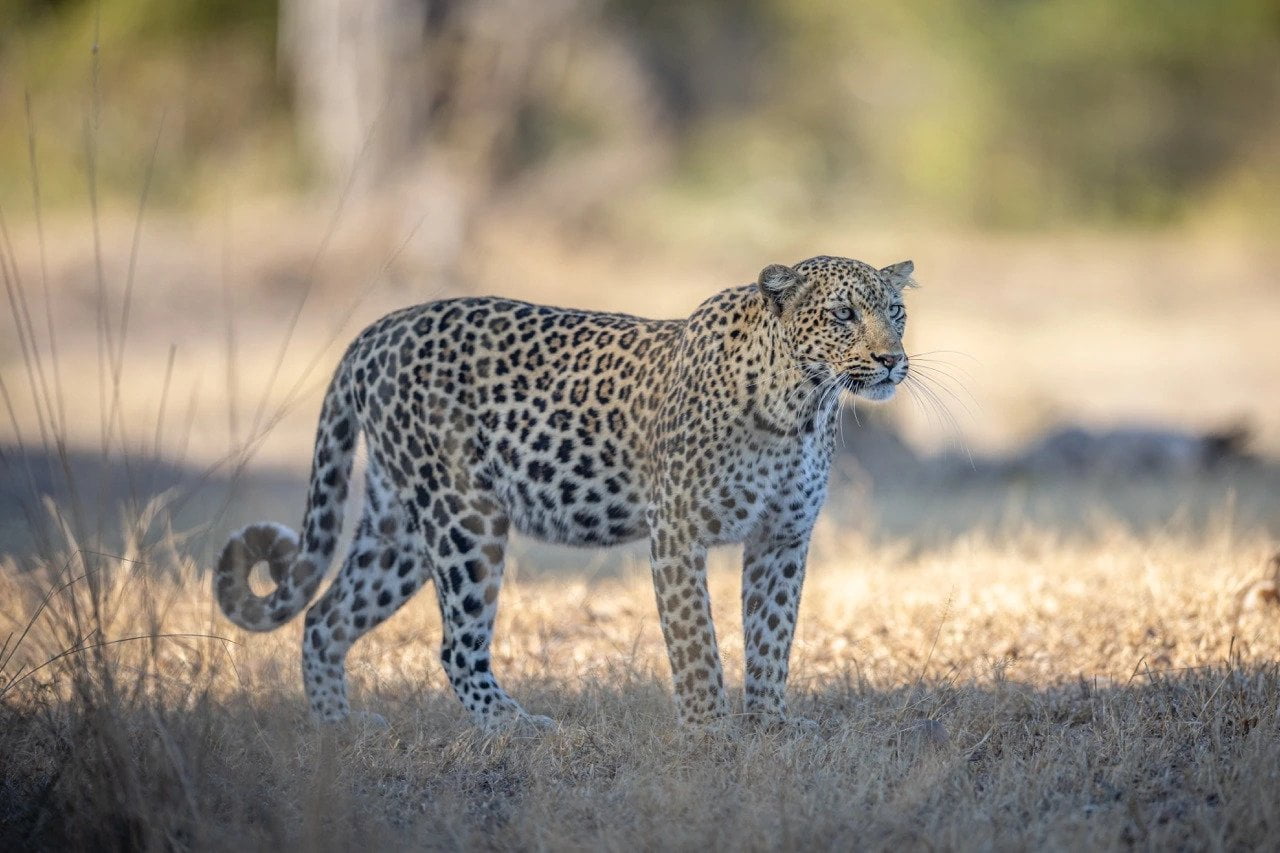
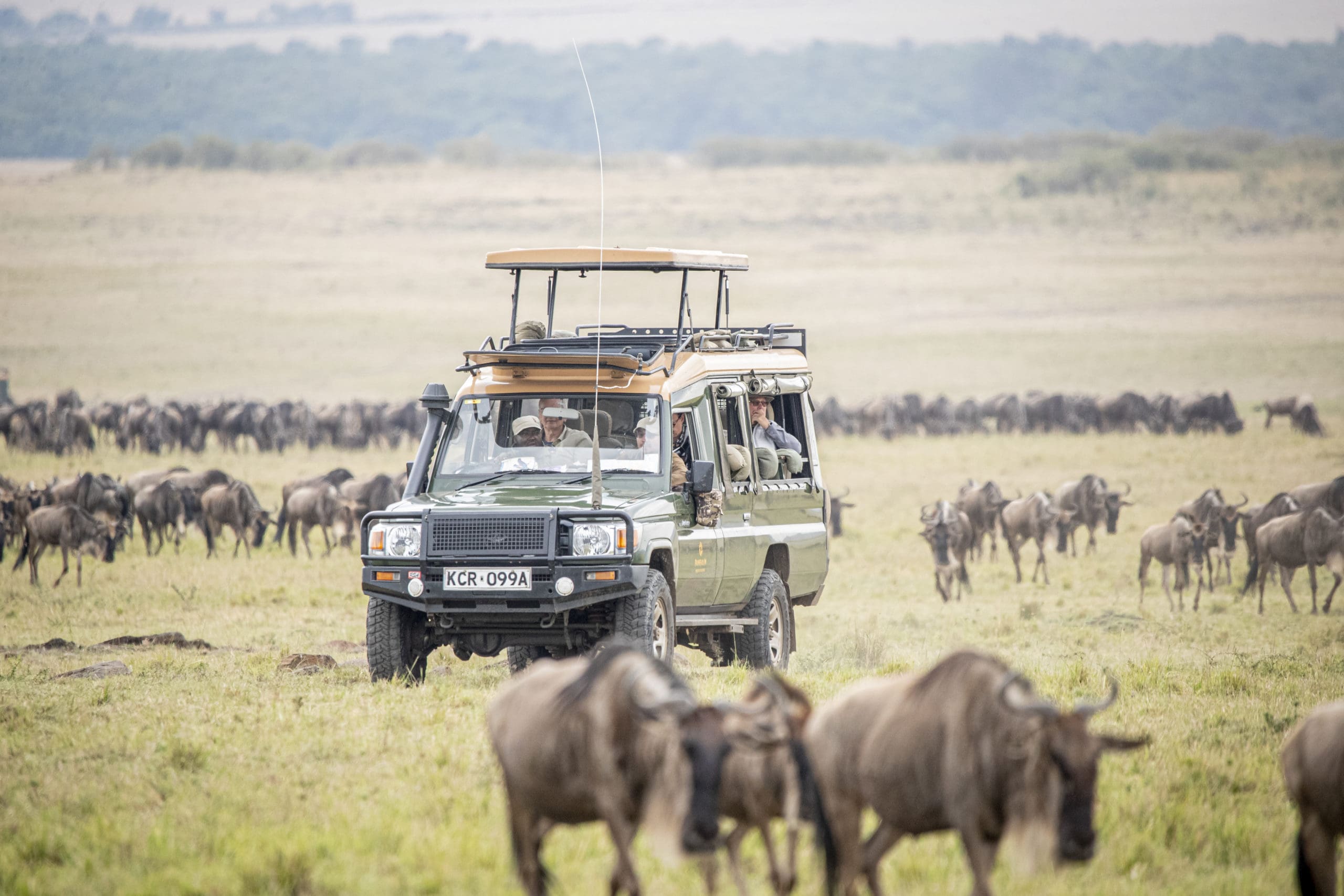
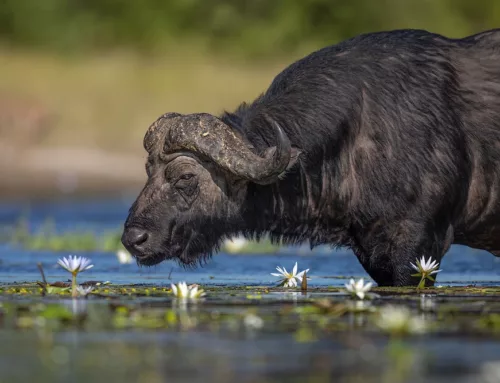
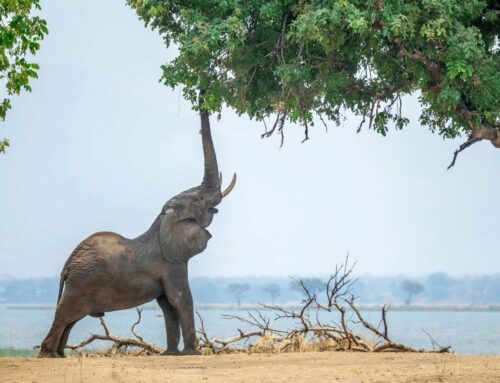
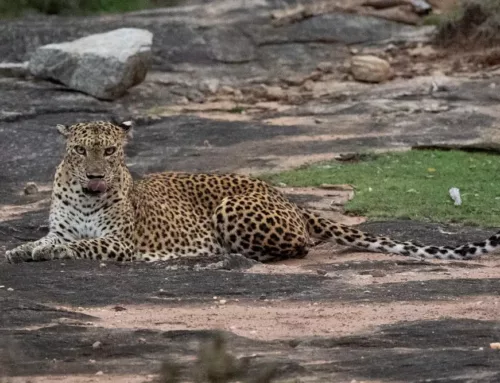
Leave A Comment
You must be logged in to post a comment.